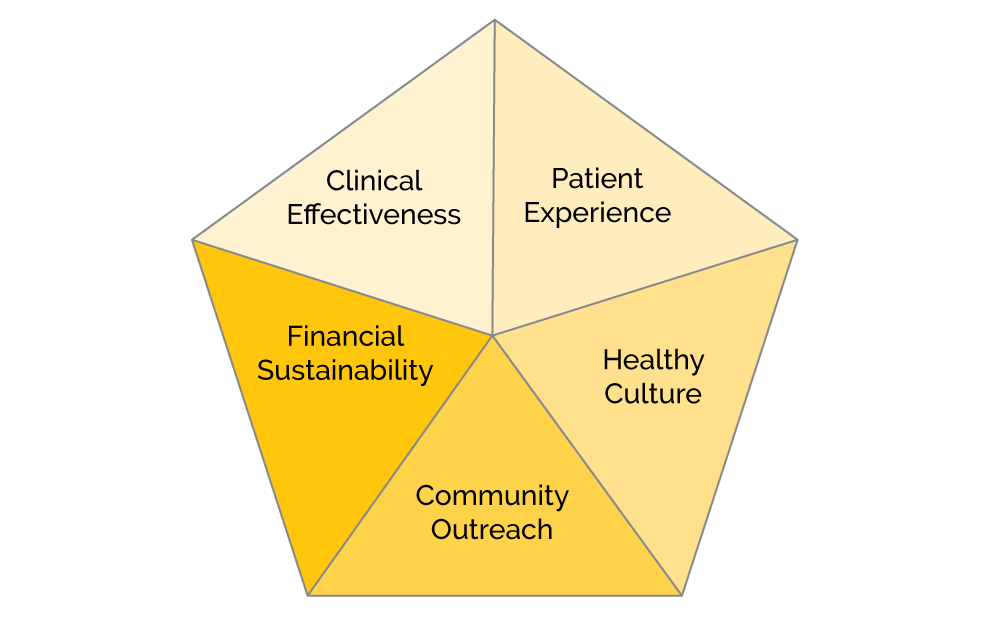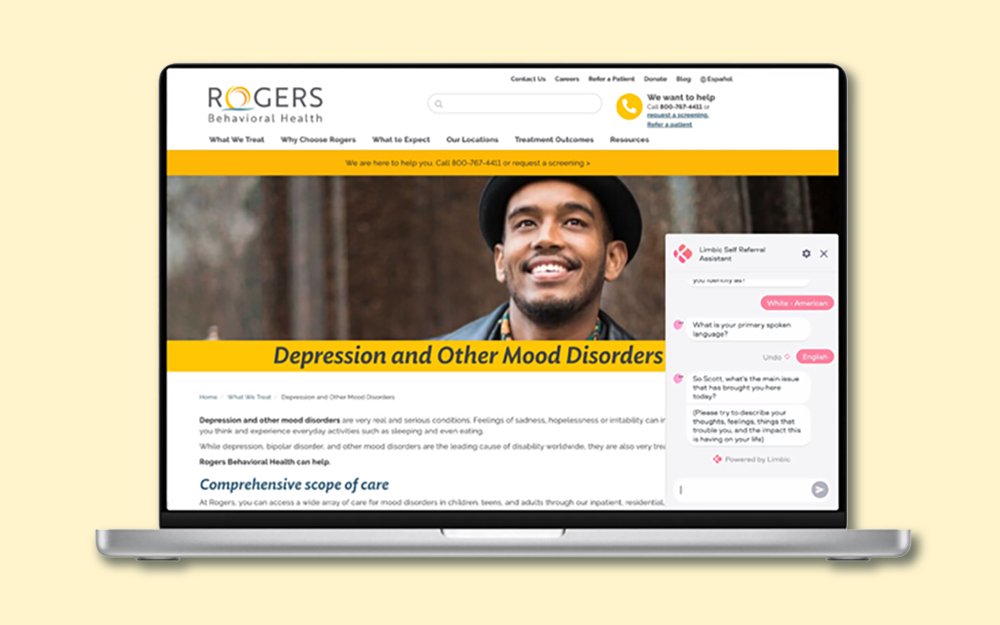
FY22 System initiatives, measures of success
10/19/21 03:50:pm
With the understanding that our Transformational Plan of Care (TPOC) is the roadmap for our work as an organization, we want to inform employees on how we are proactively adjusting our strategic initiatives and measures of success.
“We are confident that our direction for FY22 will result in better care for our patients and a better workplace for all of us,” says Brad Riemann, PhD, chief clinical officer/chief operating officer. “Thank you for all you do to make our mission a reality by helping people achieve their full potential for health and well-being.”
Focus on the vital few and FY22 system initiatives
Our leaders and employees have worked together to accomplish a great deal in the first three years of our five-year strategic plan, including substantial growth to meet community needs and many changes to our infrastructure and technology to support our larger organization.
“This year as we continue to operate in a pandemic and highly complex regulatory environment, we have made the decision to focus on fewer initiatives—the initiatives that are most critical to the Rogers organization and our patients at this point in time,” Dr. Riemann says.
What’s most important this year
- Healthy culture with an emphasis on retention
- Patient safety
- Documentation improvement
This means viewing decisions and needs through this lens and working hard to continually put significant emphasis on these areas. It does not necessarily mean that we will stop other work, but we will be careful as we make decisions on taking on other new unrelated activities.
Some of the initiatives include:
- Improve effectiveness of Managing Daily Improvement (MDI) huddles and leader rounding to increase the voice of employees, seek greater input and alignment with priorities, and encourage continuous improvement.
- Enhance training curriculum and supervision model for clinicians to improve competencies and documentation, and support staff to ensure that our care is delivered by a highly competent treatment team.
- Enhance efficiencies in electronic health record documentation to meet regulatory and payor expectations and to improve ease of use.
For information on more FY22 key initiatives – and to see how they align with the three themes – view the five-year Strategic Plan.
FY22 metrics
As our measures of success, the FY22 metrics were revised to align our work with this year’s areas of focus:
Clinical Effectiveness
System Goal: TBD
TPOC Goal: Percentage of charts with required documentation components: 75% (baseline 61%)
Patient Experience
System Goals:
- Days of Care Delivered: 465,454
- Patient satisfaction goal of 86% or more weighted average of giving a good or very good likelihood of recommending Rogers on the Press Ganey survey.
TPOC Goal: Weighted number of incidents per patient day: 140 (baseline: 181)
Healthy Culture
System Goal: 73% positive response on 7-question index (average of seven survey questions on satisfaction, pride, and commitment to the job and organization).
TPOC Goals:
- Percentage workforce retention: 73% (baseline: 68%)
- MDI huddle assessment: 3.5 on 1-5 scale with 5 being the highest (baseline 2.17)
Community Outreach
System Goal: At least 90% of survey respondents say they will continue to refer and/or recommend Rogers.
TPOC Goal: Days of Care Delivered: 465,454 (watch metric)
Financial Sustainability
System Goals:
- EBIDA (Revenue minus expenses): $58 million
- Charitable Giving Fund Balance: $76 million
- Total Net Assets of Hospital and Foundation: $571 million
TPOC Goal: TBD/Watch
Changes to Value Streams
Lastly, in order to ensure that our value streams, rapid improvement events (RIEs), and projects align with our areas of focus this year, address our reason for action, move us toward our target state, and reduce burden on our teams, we are making the following changes:
- The Mental Health and Addiction Recovery Value Stream is being formed to cross levels of care, departments, and locations. This becomes our first model value stream that follows the patient from the first contact with Rogers through the treatment continuum.
- The Nursing Value Stream and Clinical Value Stream are combining to become the Inpatient Services Value Stream.
- The Employee Experience Value Steam will continue with a shift in focus to retention.
- Intake and Transitions will do all process improvement through the MDI structure without being a formal Value Stream at this point.
- The Quality Value Stream will move to doing projects and RIEs on an as-needed basis.
The Digital Transformation, PHP/IOP, Residential Services, and Practice Management Value Streams will continue.
“Value streams are the opportunity to align work and initiatives around how our patients flow through our System,” says Brian Kay, PhD, vice president, Continuous Improvement. “By making these adjustments, it will allow us to align improvement efforts and ultimately enable our patients to have more predictable and repeatable results, through consistent processes.”





